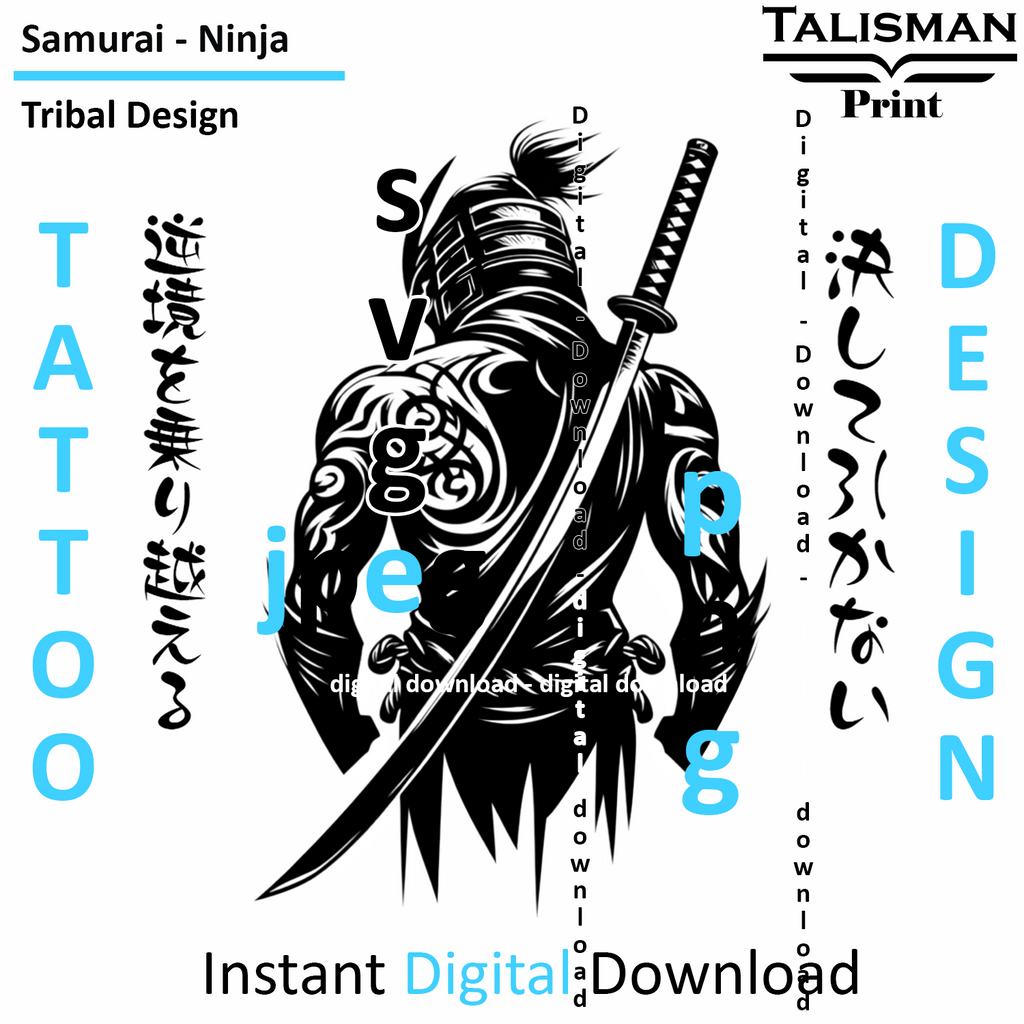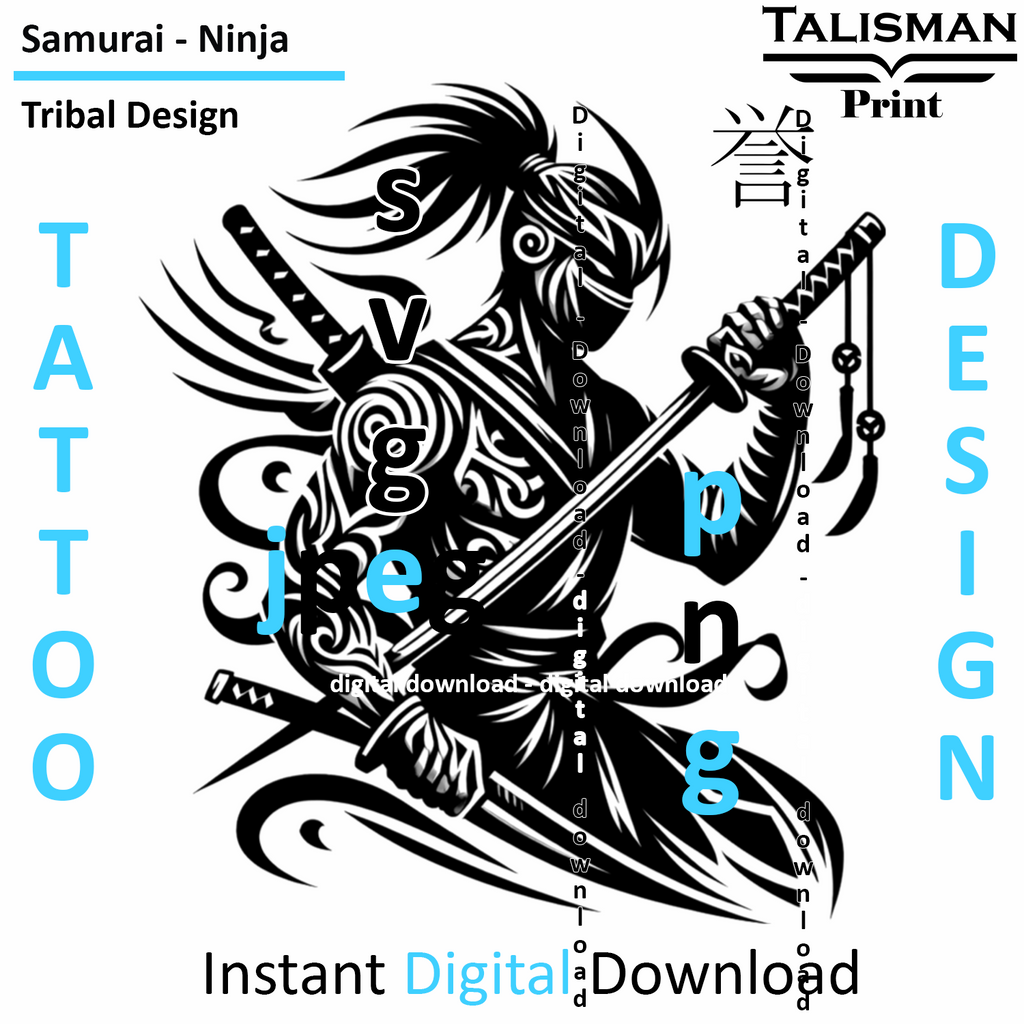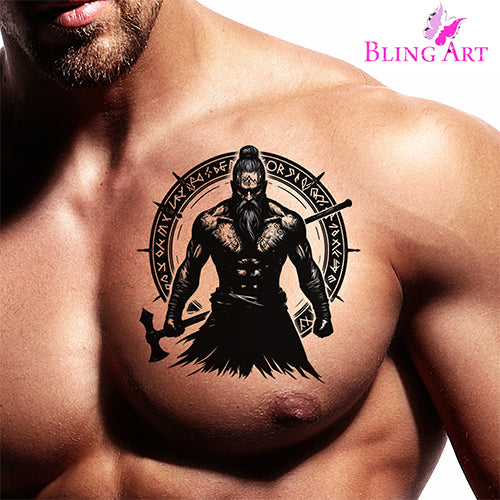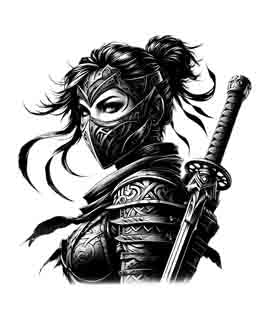
Bushido The Code of the Samurai Warrior

Introduction
Bushido, often translated as “the way of the warrior,” is the ethical code that guided the samurai of Japan. Far from being just a set of battlefield rules, Bushido encompassed a complete way of life. It influenced how samurai lived, fought, governed, and died. Rooted in centuries of military tradition, religion, and philosophy, the Bushido code has shaped not only Japanese history but also modern cultural identity.
This in-depth guide explores the evolution of Bushido from its early origins through its codification in the Edo period. We will examine its core values, how it was practiced, its influence on governance and society, and its modern legacy.
Origins and Historical Context
Early Ethical Concepts Among Samurai
Bushido did not appear as a fully formed doctrine. In the early periods of samurai history, warriors followed unwritten customs based on loyalty, bravery, and martial discipline. These customs were shaped by practical needs and social expectations rather than formal codes.
Influences from Religion and Philosophy
Bushido gradually absorbed principles from multiple belief systems:
-
Shinto: Emphasized purity, loyalty to one's clan, and reverence for ancestors.
-
Buddhism (especially Zen): Contributed teachings on impermanence, detachment, and mental clarity.
-
Confucianism: Brought values like filial piety, hierarchical loyalty, and moral duty.
By the Kamakura period (1185–1333), these beliefs had fused into a proto-code that guided samurai behaviour.
The Codification of Bushido
Edo Period Formalization
It was during the Edo period (1603–1868), under Tokugawa rule, that Bushido was formally codified. This era of relative peace saw a shift from warrior activity to bureaucratic and civil service roles for many samurai. The need for a moral and philosophical framework to guide behaviour in a non-combat context led to the formal articulation of Bushido principles.
Key texts that influenced the codification of Bushido include:
-
"Hagakure" (Hidden Leaves) by Yamamoto Tsunetomo
-
"Go Rin No Sho" (The Book of Five Rings) by Miyamoto Musashi
-
"Bushido: The Soul of Japan" by Inazo Nitobe (early 20th century but influential globally)
Core Principles of Bushido
Bushido was not a single, universally accepted doctrine. However, several key virtues were consistently emphasized. These values served as both ethical guidelines and a personal creed for samurai.
1. Gi (Righteousness or Justice)
A samurai must act with integrity, making decisions based on what is morally right, not personal gain. Justice is seen as the foundation of all other virtues.
2. Yu (Courage)
Bravery is not reckless but grounded in moral reasoning. Samurai were expected to take risks in pursuit of righteous causes and to face danger without hesitation.
3. Jin (Benevolence or Compassion)
A true warrior must show mercy and compassion, particularly to the weak and defeated. This principle balanced martial power with humaneness.
4. Rei (Respect or Courtesy)
Politeness and respect were central to samurai conduct. This extended to all interactions, including with enemies, reflecting the belief that manners represented internal discipline.
5. Makoto (Honesty and Sincerity)
Deception and lies were seen as dishonourable. The samurai’s word was considered binding, and truthfulness was a sign of moral strength.
6. Meiyo (Honor)
Honour was the ultimate goal of the samurai life. It encompassed both public reputation and private virtue. Dishonour could result in social disgrace or the ultimate penalty—ritual suicide.
7. Chugi (Loyalty)
Absolute loyalty to one’s lord or master was non-negotiable. Betrayal was among the gravest sins a samurai could commit.
Seppuku: The Ultimate Expression of Bushido
What Is Seppuku?
Seppuku, or ritual suicide by disembowelment, was practiced by samurai to restore or preserve honour. It was often carried out in the face of defeat, disgrace, or as punishment for transgressions.
Ritual Significance
Seppuku was not viewed as mere suicide. It was a ceremonial act, conducted with witnesses and sometimes accompanied by poems or declarations of loyalty. Involvement of a kaishakunin (second) ensured a swift and respectful end.
Bushido in Practice
Role in Samurai Education
Bushido principles were instilled from a young age. Samurai children studied:
-
Martial arts
-
Calligraphy
-
Confucian classics
-
Buddhist philosophy
This education aimed to create balanced warriors—both physically capable and morally upright.
Behaviour in Battle
Bushido dictated:
-
No retreat from combat
-
Respect for the enemy
-
Fighting with honour
-
Protection of civilians and non-combatants
Violating these principles could result in shame or exile.
Governance and Bureaucracy
In the Edo period, many samurai became bureaucrats. Bushido’s emphasis on loyalty, honesty, and justice helped maintain social order and effective governance.
Bushido's Impact on Japanese Culture
Influence on Arts and Literature
Bushido inspired:
-
Haiku poetry: Often focused on impermanence and simplicity
-
Noh and Kabuki theatre: Stories of loyalty, revenge, and moral dilemmas
-
Calligraphy and painting: Reflecting inner discipline and harmony
Everyday Ethics
Even non-samurai classes adopted Bushido values. Respect for authority, group harmony, and personal responsibility became societal norms.
Decline and Transformation
Meiji Restoration and the Fall of the Samurai
With the Meiji Restoration (1868), the samurai class was abolished. The new government implemented a conscripted military and dissolved feudal privileges.
However, Bushido lived on:
-
Incorporated into military training
-
Embraced by nationalists during the early 20th century
-
Romanticized in literature and media
Modern Legacy
Bushido continues to influence:
-
Business ethics: Loyalty, hard work, and integrity
-
Martial arts: Judo, Kendo, Aikido incorporate Bushido elements
-
Pop culture: Films, anime, and novels often feature Bushido-driven characters
Frequently Asked Questions (FAQ)
1. What does the word “Bushido” mean?
Bushido literally means “the way of the warrior.” It refers to the ethical code followed by the samurai, guiding them in behaviour, duty, and combat.
2. Is Bushido a religion?
No, Bushido is not a religion. It is a philosophical and ethical code that draws from religious traditions like Shinto, Buddhism, and Confucianism.
3. When did Bushido originate?
The roots of Bushido go back to the Heian and Kamakura periods, but it was codified in the Edo period (1603–1868) when peace made moral conduct more important than combat.
4. Was every samurai required to follow Bushido?
While not all samurai followed Bushido uniformly, it became an expected standard. Deviations were often punished by social disgrace or even death.
5. What happens if a samurai broke Bushido?
Violation of Bushido principles could result in loss of honour, social ostracism, or seppuku (ritual suicide). Honour was paramount.
6. Does Bushido still affect Japanese society today?
Yes. Values such as loyalty, respect, and discipline remain deeply ingrained in modern Japanese culture, education, and work ethic.
7. What is the relationship between Bushido and martial arts?
Modern martial arts emphasize discipline, respect, and spiritual development—all core tenets of Bushido. Bushido provides philosophical depth to physical training.
8. Who wrote about Bushido?
Important texts include:
-
"Hagakure" by Yamamoto Tsunetomo
-
"The Book of Five Rings" by Miyamoto Musashi
-
"Bushido: The Soul of Japan" by Inazo Nitobe
Conclusion
Bushido is more than an ancient code it is the soul of the samurai and a key to understanding Japanese history and identity. Through centuries of warfare, peace, and political change, the core values of righteousness, loyalty, honour, and courage have endured. Bushido shaped the lives of countless warriors, guided national policy, and continues to inspire ethical behaviour in modern times.
By studying Bushido, we gain insight into the moral foundation of one of history’s most fascinating warrior classes. Its influence lives on, reminding us that true strength lies not only in battle but in character.







































